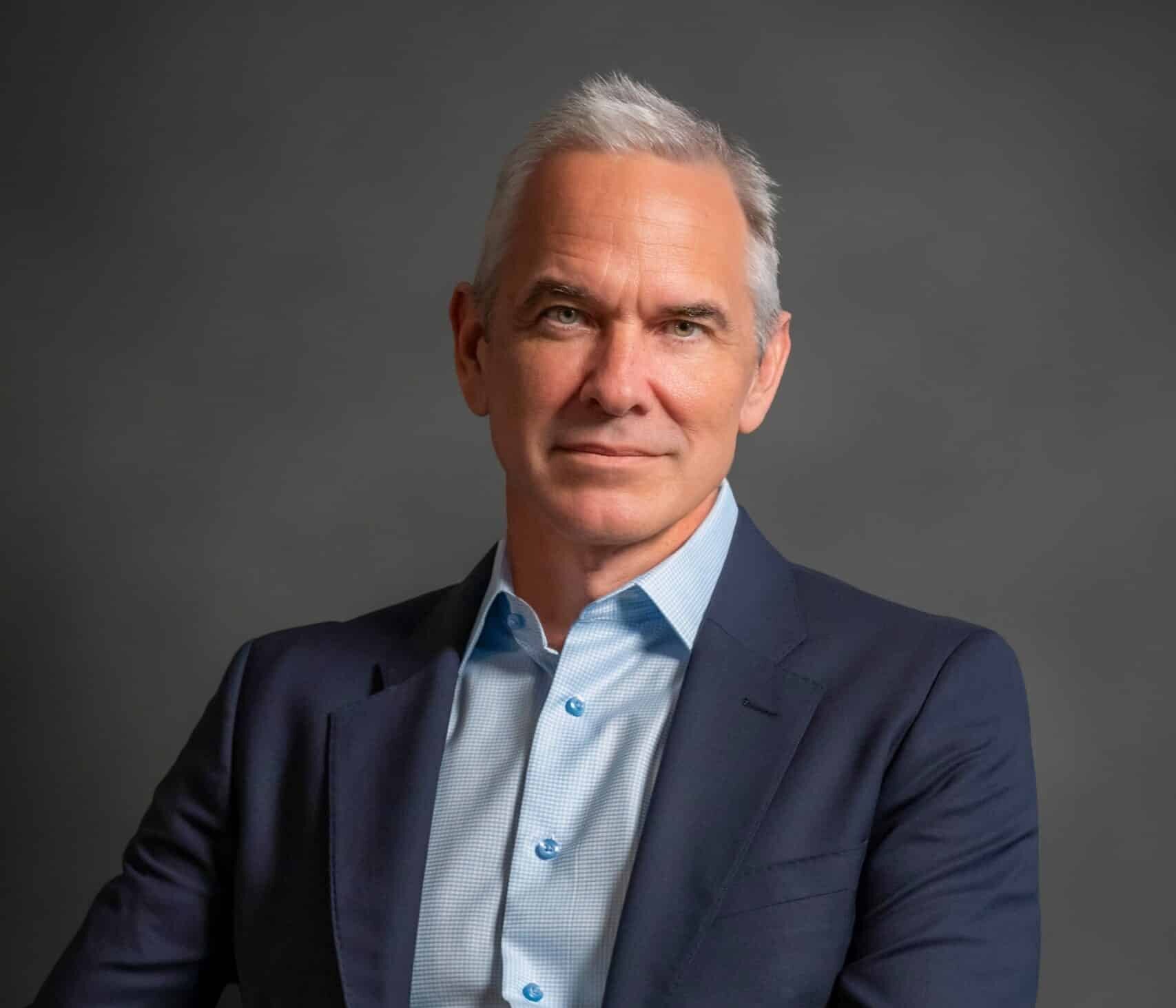Creating an inclusive multi-generational workplace culture is not just a noble goal but a necessity in today’s diverse work environment. As we see five distinct generations — the Silent Generation, Baby Boomers, Gen X, Millennials, and Gen Z — working side by side, it becomes evident that each group brings unique strengths, experiences, and perspectives to the table.
However, these generational differences also pose challenges, particularly when it comes to cultural integration. While policies and training programs can bridge some gaps
Older generations, for instance, often feel out of the loop regarding the ever-evolving nature of digital communication tools, while younger employees may feel misunderstood or unfairly judged based on stereotypes rather than their actual contributions and potential. As leaders, we must address these cultural gaps and foster an environment where all employees feel valued and included.
Understanding generational stereotypes
Generational stereotypes are pervasive in the workplace, often shaping how we perceive and interact with our colleagues. Baby Boomers, for example, are frequently labeled as resistant to change and not tech-savvy, while Generation X might be seen as cynical and self-reliant, and Millennials are often described as entitled and overly dependent on technology. Gen Z , the newest to join the workforce, is sometimes perceived as lazy or unmotivated due to their focus on work-life balance and mental health.
These stereotypes oversimplify the complexities of each generation and can lead to misunderstandings and missed opportunities for collaboration. It’s important to recognize that many of these traits are not inherent to a generation but rather shaped by the social, economic, and technological contexts in which they grew up. For instance, Baby Boomers’ reputation for valuing job stability and traditional work ethics emphasis on work-life balance
Moreover, judging individuals based on generational stereotypes can damage relationships and diminish the ability to leverage the unique strengths each generation brings to the workplace. What appears as laziness in younger employees might actually be a healthy approach to work-life balance for maintaining mental health. Similarly, what might be perceived as inflexible rig idity in older employees could actually be a wealth of experience and a methodical approach to problem-solving.
The real generational gap is culture, not skills
While skill gaps between generations are often highlighted, the more significant divide in the workplace is cultural. This gap manifests in various ways, from differing communication styles to contrasting values and preferences, which can create friction and misunderstandings among employees.
Consider the scenario of employees who are seeking to learn new skills. Older employees might prefer more traditional training methods, while younger team members may want just-in-time e-learning. Similarly, virtual water cooler conversations that revolve around contemporary pop culture, internet memes, or new slang terms can leave older colleagues questioning their nuanced meanings. Conversely, cultural references from older generations, such as classic TV shows or historical icons, might be met with blank stares from younger team members.
These cultural differences extend beyond entertainment and casual conversations to influence workplace behaviors, attitudes toward work-life balance and approaches to problem-solving. For instance, younger generations like Millennials and Gen Z often prioritize mental health and seek flexible work arrangements because they view traditional nine-to-five schedules as outdated and counterproductive. In contrast, older generations might see this flexibility as a lack of commitment or discipline, which can lead to a lot of judgment, finger-pointing, and frustration around problem-solving.
Furthermore, generational differences in how technology is used can create misunderstandings. Younger employees have grown up with smartphones and social media and are adept at using these tools for both work and personal life, meaning they find informal language more acceptable even at the workplace. Older employees, while equally capable, may prefer a more traditional formality in their communication and collaboration.
Addressing this cultural gap requires more than just implementing policies; it demands a deliberate effort to foster understanding and respect for these differences. Encouraging open dialogue and creating opportunities for cross-generational interactions can help bridge this divide, such as mentorship programs where younger employees can learn best practices in time management, leadership, or industry practices. Similarly, these programs can focus on younger employees guiding their senior coworkers with the knowledge they possess of new technologies, upcoming trends, and emerging perspectives to provide mutual learning and respect.
Strategies to foster an inclusive multi-generational culture
Creating an inclusive multi-generational culture is essential for any organization that aims to harness the full potential of its diverse workforce. With five distinct generations coexisting in today’s workplaces, implementing strategies that promote understanding, respect, and collaboration among employees of all ages is crucial. The following strategies offer practical steps to bridge cultural gaps and ensure that everyone feels valued and included.
Promote open communication : Encourage regular and open dialogue between employees of different generations. Create platforms for sharing personal stories and experiences to build empathy and understanding among team members. Conduct workshops and training sessions focused on enhancing communication skills and understanding different generational perspectives.Celebrate diverse contributions: Recognize and celebrate the unique strengths and contributions of each generation within the organization. Implement programs that highlight achievements across all age groups, ensuring that everyone feels valued and appreciated.Flexible work policies: Offer flexible work arrangements that cater to the needs of different generations, such as remote work options and flexible hours. Ensure that policies are inclusive and considerate of the varying life stages and commitments of employees. Provide a variety of options including for phased retirement, part-time roles, or job sharing to accommodate the preferences and needs of all employees.Cross-generational mentorship program: Establish mentorship programs that pair employees from different generations to foster mutual learning and knowledge exchange. Promote reverse mentoring, where younger employees can share their digital skills and new technologies with older colleagues, as these mentorship relationships encourage a culture of continuous learning and growth.Organize inclusive social activities: Plan events and activities that appeal to a broad range of interests and age groups, ensuring that all employees feel included. Encourage participation from all generations to foster a sense of community and belonging within the workplace. Host intergenerational team-building exercises and social gatherings to strengthen relationships among employees.Diverse communication channels: Use various communication tools and platforms to effectively reach all employees, respecting their individual preferences. Tailor messages to be relevant and accessible to different generational preferences, ensuring clear and inclusive communication that encourages using both traditional and digital methods to accommodate all employees’ preferences.Continuous learning development: Offer training programs that support lifelong learning and skill development for employees of all ages. Provide opportunities for professional growth that cater to the unique needs and career stages of each generation, such as cross-training and job rotation, to build a more versatile and cohesive workforce.Age-inclusive recruitment practices: Implement unbiased recruitment processes that value diversity in age and experience, attracting a wide range of candidates. Train hiring managers on the importance of age diversity and how to avoid age-related biases, which can occur across all age groups, during the recruitment process.
Changing perceptions and leveraging strengths
Changing our perceptions of employees from different generations involves recognizing that traits often labeled as negative are frequently strengths in disguise. Organizations can create a more dynamic, innovative and harmonious work environment by embracing generational diversity and fostering a culture of mutual respect and continuous learning. Each generation brings unique strengths and perspectives that, when effectively leveraged, contribute to the collective achievements of the organization.
By changing perceptions and leveraging the unique strengths of each generation, organizations can create a more inclusive, dynamic, and innovative workplace. This approach not only enhances employee engagement and satisfaction but also drives organizational success. Embracing generational diversity and fostering a culture of mutual respect and continuous learning ensures that every employee can thrive and contribute to the organization’s collective achievements.
Dr. Laurie Cure – Dr. Laurie Cure, Ph.D., a leading voice in executive coaching, serves as the CEO of Innovative Connections
Copyright © 2025 California Business Journal. All Rights Reserved.
For California Business Journal Disclaimers, go to https://calbizjournal.com/terms-conditions/ .




